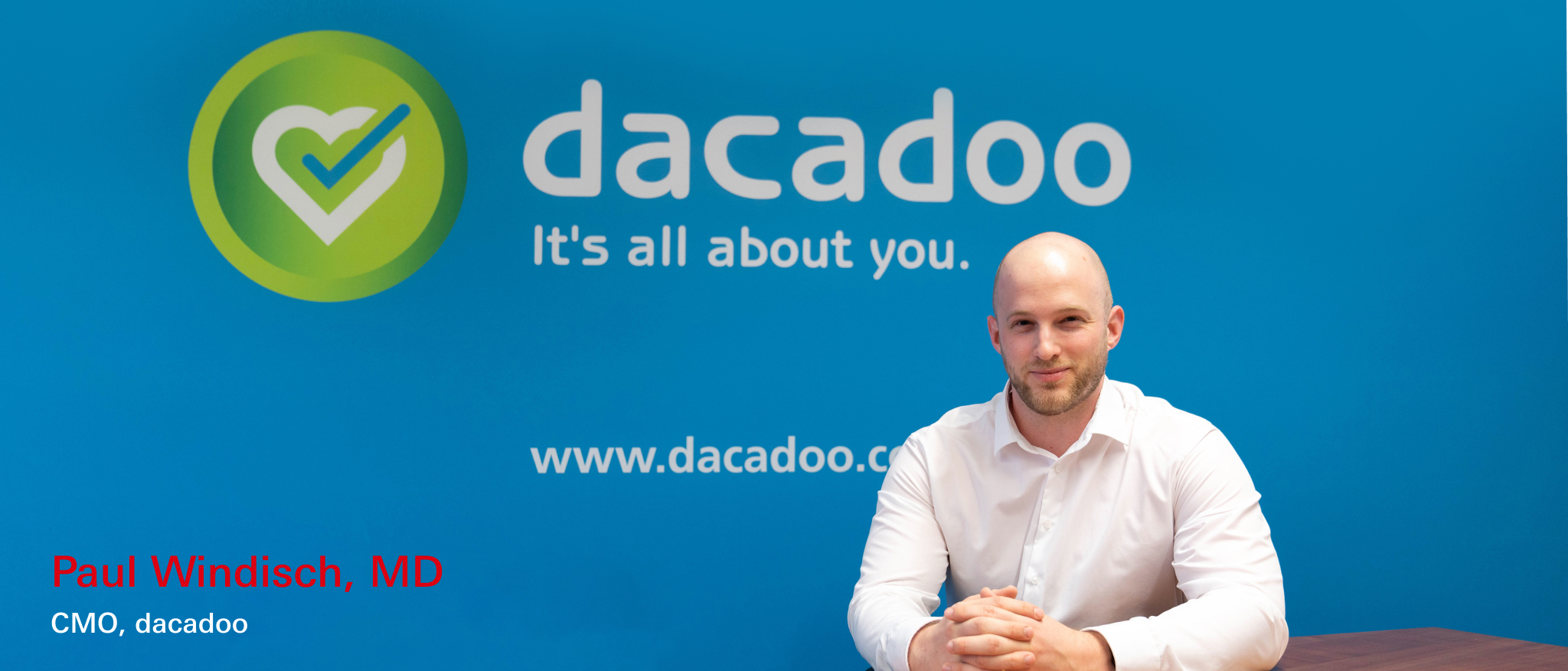Health apps – changing the way people manage their health
Health incentive programmes and wellness apps are fast becoming many people’s preferred way to manage their wellbeing. How do they work? What are the benefits of using them? We talked to an international expert on interactive health management platforms to get his insights.

What are health incentive programmes? How do these programmes help users change their lifestyles?
|
Essentially, a health incentive programme is anything that in some way incentivizes users to adopt a lifestyle that is conducive to their health and maximises their chances of living healthy. The most common incentives are monetary rewards, gifts of products and vouchers. You can also reward users in a more abstract way, for example, by using gamification features. Whatever the incentives you offer, it should be about empowering people to understand and take control of their own health. |
How do users make use of the health score they get?
|
The health score is mainly good for getting an estimate of where you stand, as compared to your peers, for instance. It’s like the latest status update on your health. That in itself is already a benefit, because it’s not always easy to say how good your health is. You can try to estimate it based on what you believe is healthy. You can then decide if you want to make this or that change to get an even better score or if you’re already satisfied. |
What are some of the challenges you face when developing health incentive programme?
|
The difficult thing is finding the right balance -- keeping people motivated, but not so much that they feel exhausted from the experience. For example, people shouldn’t have to work out when they are sick, and they shouldn’t feel really guilty or depressed because they missed one workout. So the goals should be challenging and the experience should make users want to exercise, but we don’t want to wear them out. Finding that balance is key because you have people at different fitness levels. Many focus on helping unfit people to a more fit state, but you can’t neglect the people who are already fit either. That often involves difficult design decisions. Designing a solution that accommodates both can be challenging. |
Other than an increased health consciousness, are there other lifestyle or behavioural changes that have driven the demand for health apps?
|
I think the main factor is the availability of information. Information doesn’t necessarily support people in reaching better conclusions because some may just get overwhelmed and it can get even harder for them to make decisions. Another thing that definitely drove the demand is COVID, the regulations people have to cope with. Suddenly people didn’t even commute to work anymore which for some was their only physical activity. So they were looking for something that would help them take control of their own health. Here in Switzerland, mental issues increased, people became more sedentary and gained weight because a lot of them were cut off from their daily routines that involved some kind of activity. |
What are the latest trends? How do you see these programmes developing over the next few years?
|
The biggest game-changer for the industry so far, in my opinion, has been the wearables, such as smartwatches. They are now very easy to set up, use, and are capable of tracking a lot of things. More adoption of wearables and trackers makes it easier for Health and Wellness apps. And the use of these devices seems to be expanding through different age groups. Five years ago, this was mostly limited to fairly young, tech-savvy people, but as those technologies become more established, we will likely see the elderly using tracking devices more often. Maybe they set them up themselves, maybe their family members set them up for them, but it seems to be expanding through different age groups. |
|
Data privacy is also becoming more and more important. Fifteen years ago, people were more uncritical about how their data were handled, but having seen a number of data breaches with social networks and websites, they are becoming more concerned, especially with something as sensitive as personal health. So having security certifications, setting up servers and storing data in the country where the user lives, are not a bonus anymore, these are now expected requirements. |
Notes:
The information above is provided by the interviewee and reproduced here for reference only. It does not constitute any legal advice or recommendations for any individual. No financial decision should be made solely on the basis on such information. The opinions expressed above are the interviewee’s own, and not those of HSBC Life (International) Limited or the HSBC Group.
